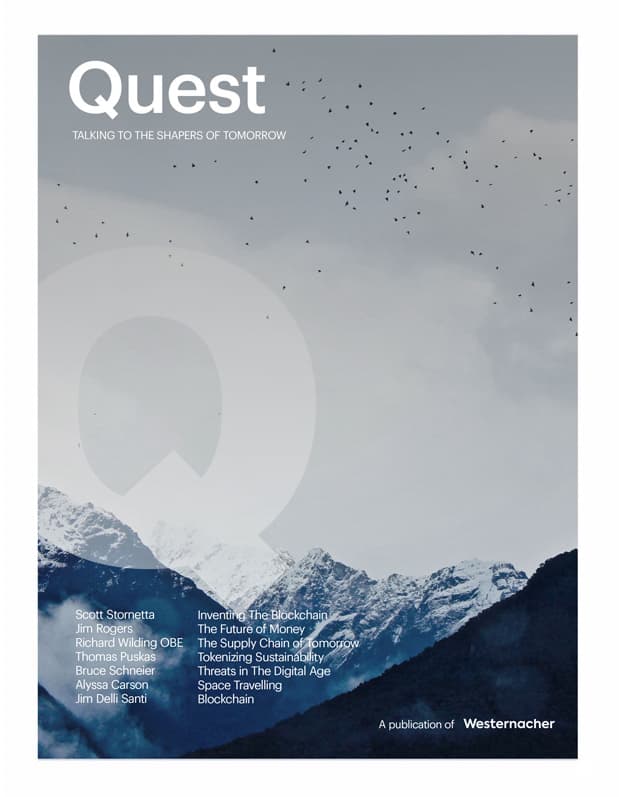Published on April 3, 2018 – Til Mattenklott, Consultant Yard Logistics at Westernacher
With SAP Yard Logistics, cover a number of business processes through yard management and dock appointment scheduling. Let us show you how SAP Yard Logistics can help increase efficiency on your production site.
Enabling highly efficient production levels will have stable and solid results for the entire supply chain. For a production site, one vital aspect of the yard is that the truck is at the right door at the right time. With accurate planning, we can ensure that the truck is unloaded at the moment when production needs the goods for the truck. For the outbound process, we need to ensure that the truck arrives at a time when the goods have been produced.
Production that works “Just-in-time” or “just-in-sequence” requires accurate planning of timeslots to make sure that trucks are arriving on time. This in turn enables production to run smoothly. Accurate planning ensures good communication with carriers too. By using the SAP Dock Appointment Scheduling with Westernacher add-ons, it´s pretty simple for the carrier to book loading/unloading timeslots. This ensures easy communication with the carrier.
All those appointments will end up in a door assignment. With our door assignment app, the yard coordinator is able to access all appointments in one, simple view. He can reschedule them via drag & drop.
But having efficient and highly sophisticated planning also means very detailed tracking. Best case scenario, the truck arrives on time and in the booked time window. Nevertheless, some trucks may get stuck in traffic or have breakdowns that mean we need to display those exceptions and react to them. It may be necessary to reschedule arriving trucks, appointments and doors but we can also do this without causing chaos in the yard.
After the planning part, of course you need a powerful execution tool with an overview of the whole production yard. To give you an idea how this could work, here is an example of the process.
When a truck is arriving at the production site, the driver has to register himself, either by using a self check-in terminal or manually at the gatekeeper’s house.
After registration, he will get given a pager, where he can receive automatic instructions from SAP Yard Logistics. In this way, he´s getting a retrieval, if the correct (and deposited in system) gate for loading is free. It´s also possible to link the retrieval to the provision process – if the finished goods are stored in a staging area behind the door, the truck driver gets a retrieval.
The next step in the process involves the truck docking to the correct, assigned door. Now the vehicles should be checked for damage and a clean load bed. This can be achieved in a SAP FIORI app. The result will be a very simple and quick checking process.
After loading/unloading the goods, the truck driver may have to ensure the security of the load and sign the freight documents. In another FIORI app, it is possible to store the signature digitally and in connection with our active yard order/transportation unit.
The final step in the process is reached by driving to the exit barrier. Some trucks will be required to drive over the scales, to ensure that they´re not leaving the yard too heavy. By handing the pager into our terminal, the truck-driver is allowed to pass the barrier, if the process is finished correctly.
To gain control over the whole process and the complete production yard, it is necessary to have all the information you need combined in a simple overview.
One example of such an overview could be the Yard Logistics control tower:
On the left hand side, you can see the planned incoming trucks, including carrier and license plate. Above that, you have some KPIs, such as occupied doors, trucks waiting in a parked position and delayed trucks. On the right-hand side there are some charts, representing the KPIs on the left-hand side. Below that you can see the checked-in trucks and the door overview, along with the status of every door in the yard. The status could be “occupied”, “free” or “damaged”. You can also customize a different status where applicable. In the example, the bottom left shows some alerts and exceptions, such as delayed trucks, damaged trucks, or unresponsive doors.
Also, special traffic, such as tradesmen, refuse collectors and other special delivery services, who have not booked a time slot, can be granted access to the yard. This means that you know, at any time, how many trucks, delivery services and cars are driving through the yard.
The YL control tower is a great opportunity to gain control over your entire production yard – at a glance. With SAP Yard Logistics, your production plant can work to its full capacity!
Share this article


